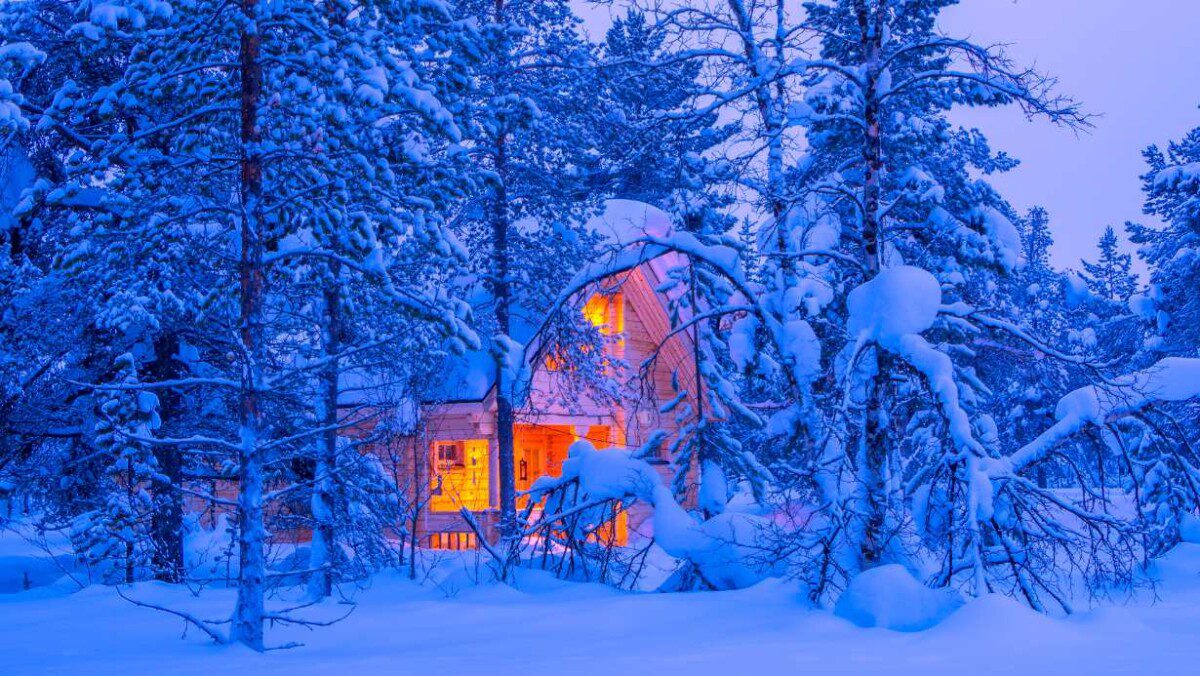Winterizing your home
Winterizing your home is a critical task, particularly in areas where temperatures frequently plummet below freezing during the winter months. The importance of winterization cannot be understated, as it serves not only to protect your home from the harshness of winter but also to ensure the safety and comfort of its inhabitants. Let’s delve into why it’s so crucial to thoroughly winterize your home.
- Prevention of Pipe Damage: One of the most common issues during winter is the freezing and subsequent bursting of indoor pipes. This can lead to significant water damage, costly repairs, and inconvenience. By insulating pipes and ensuring your heating system is functional, you can prevent such occurrences.
- Sprinkler System Maintenance: Winter can wreak havoc on outdoor plumbing systems. Sprinkler heads and pipes can crack or burst if water inside them freezes. This not only leads to water wastage when spring arrives but also necessitates expensive repairs. Draining these systems and insulating exposed pipes are essential steps in winterization.
- Pest Control: Cold weather often drives pests to seek shelter, and a home that hasn’t been properly winterized can become a haven for these uninvited guests. Sealing up cracks and openings and ensuring that your home is properly insulated will help keep pests out.
- Roof Protection: Your home’s roof is particularly susceptible to winter damage, especially from ice dams and heavy snow accumulation. Regular inspections and maintenance, such as cleaning gutters and checking for shingle damage, are vital to prevent expensive roof repairs.
- Safety Concerns: Winter brings with it the heightened risk of fire hazards and carbon monoxide poisoning. Ensuring that your heating system, chimneys, and flues are inspected and cleaned can mitigate these risks. It’s also important to check and maintain smoke and carbon monoxide detectors.
- Heating Efficiency: Proper winterization includes ensuring that your home’s heating system is working efficiently. This not only keeps you warm but also helps in reducing heating costs. Insulating windows and doors, checking for drafts, and servicing your heating system are important steps in this process.
In summary, the process of winterizing your home is integral to maintaining its structural integrity, ensuring the safety of its occupants, and reducing unnecessary expenses. Regular maintenance and preparation for the colder months can go a long way in preserving the comfort and security of your home.
Frequently Asked Questions (FAQs):
Q: How often should I winterize my home? A: It’s best to winterize your home annually, preferably before the onset of winter.
Q: Can I winterize my home myself, or do I need professional help? A: While many winterization tasks can be DIY, some, like servicing heating systems, may require professional assistance.
Q: What is the most critical aspect of winterizing a home? A: While all aspects are important, preventing pipe freezing and ensuring efficient heating are particularly crucial.
When preparing your home for the colder months, there are several key steps you should take to ensure it remains warm, safe, and energy-efficient. Let’s explore these essential winterization strategies in detail.
- Setting the Thermostat Appropriately: Maintaining your thermostat at a minimum of 55 degrees Fahrenheit is crucial during winter. This temperature level is significant for several reasons:
- It helps prevent your pipes from freezing and cracking, a common issue in cold weather.
- A warmer indoor environment protects delicate plants that might be susceptible to cold damage.
- This setting ensures that pets remain warm and safe.
- Maintaining a baseline of 55 degrees is more energy-efficient, as it requires less energy to warm up the house from this temperature compared to a lower one.
- Winterizing Your Irrigation System: For homes with outdoor irrigation systems, it’s essential to remove water from the pipes before the onset of freezing temperatures. This typically involves a “blowout” process, where an air compressor is used to expel water from the sprinkler system. It’s advisable to hire a professional landscaping company for this task. If you use a hose or portable sprinkler, drain them and store them indoors, and consider covering external faucets with faucet covers to prevent damage.
- Sealing Foundation Vents: Many homes have foundation vents that are useful for venting hot air and moisture during warmer months. In winter, however, it’s beneficial to seal these vents with foam blocks or covers to retain warmth and deter pests. Conversely, ensure that attic vents remain as open as necessary to prevent moisture buildup, though closing a few might aid in heating the home.
- Adjusting Ceiling Fan Direction: Ceiling fans can be adjusted to rotate clockwise during winter. This creates an updraft that pushes warm air, which naturally rises to the ceiling, back down into the living spaces. Before changing the direction of your ceiling fan, clean it thoroughly to remove any accumulated dust.
- Inspecting and Updating Weatherproofing: A thorough inspection of your home’s doors and windows is essential. Check for drafts and gaps, focusing on the weather stripping around windows and doors, as well as the rubber door sweep. Replace any worn or missing weather stripping with new materials from a local home improvement store. Seal any other cracks or gaps with caulk to prevent warm air from escaping and cold air from entering.
Frequently Asked Questions (FAQs):
Q: How often should I check and replace weather stripping? A: It’s a good idea to inspect and replace weather stripping annually as part of your winterization process.
Q: Is it necessary to hire a professional for irrigation system blowout? A: Yes, because the blowout process requires specific equipment and expertise, it’s typically best handled by a professional.
Q: Can sealing foundation vents lead to moisture problems? A: While sealing vents can help retain heat, ensure proper balance by maintaining adequate ventilation to prevent moisture buildup, especially in the attic.
By following these steps, you can effectively prepare your home for winter, ensuring it remains warm, efficient, and protected from the elements.
Bill Brown
It's Nice to Share

















































Comment, Write a Blog Post, Create Groups, Get Seen!
Comments, Opinions and Facts Go Here...👇